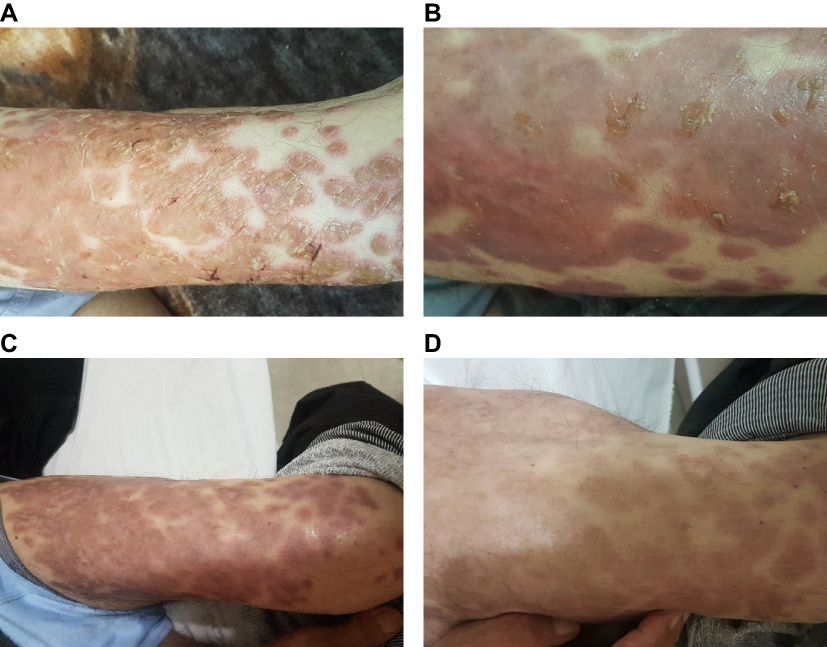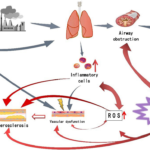Brucellosis is a zoonotic disease caused by bacteria of the genus Brucella. It primarily affects livestock but can be transmitted to humans through direct contact with infected animals, consumption of contaminated animal products, or inhalation of aerosolized bacteria. Recognized as a significant public health concern in many parts of the world, brucellosis requires careful attention to its causes, prevention, and treatment.

What Is Brucellosis?
Brucellosis is an infectious disease caused by Brucella bacteria. These bacteria are small, Gram-negative, non-motile, and intracellular pathogens that primarily infect cattle, goats, sheep, pigs, and other animals. Human infection occurs when individuals come into contact with infected animals or consume unpasteurized dairy products.
Global Impact of Brucellosis
- Endemic Regions: Brucellosis is prevalent in the Mediterranean, Middle East, South America, Asia, and Africa.
- Economic Burden: The disease leads to decreased productivity in livestock, including reduced milk production and reproductive issues, causing significant economic losses.
Transmission of Brucellosis
Human brucellosis is primarily acquired through the following routes:
- Direct Contact: Handling infected animals, tissues, or fluids without proper protective equipment.
- Consumption of Contaminated Products: Ingesting unpasteurized milk, cheese, or undercooked meat from infected animals.
- Inhalation: Breathing in airborne Brucella bacteria, especially in laboratory or slaughterhouse environments.
- Vertical Transmission: Rarely, from mother to child during pregnancy or breastfeeding.
Symptoms of Brucellosis
Brucellosis in humans manifests in various forms, ranging from acute to chronic infections. Common symptoms include:
- Acute Phase:
- Fever (often undulant in nature)
- Sweats
- Fatigue
- Muscle and joint pain
- Headaches
- Chronic Phase:
- Persistent fatigue
- Depression
- Arthritis
- Organ-specific complications (e.g., endocarditis, meningitis)
Diagnosis
Brucellosis is diagnosed through a combination of:
- Serological Tests: Detecting antibodies using tests like the Rose Bengal test, ELISA, or agglutination tests.
- Blood Cultures: Isolating Brucella bacteria from blood or bone marrow samples.
- Imaging: Identifying complications such as spondylitis or abscess formation.
Causes and Risk Factors
Brucellosis is caused by several Brucella species, each associated with specific animal hosts:
- Brucella abortus: Cattle
- Brucella melitensis: Goats and sheep
- Brucella suis: Pigs
- Brucella canis: Dogs
Risk Factors
- Occupational Exposure: Farmers, veterinarians, and slaughterhouse workers.
- Consumption of Raw Dairy Products: Unpasteurized milk or cheese.
- Travel to Endemic Areas: Increased risk of exposure to infected animals or products.
Prevention of Brucellosis
Effective prevention strategies for brucellosis focus on reducing human exposure and controlling animal infections.
Animal Control Measures
- Vaccination of Livestock: Immunizing cattle, sheep, and goats using vaccines such as RB51 or S19.
- Testing and Culling: Identifying and removing infected animals from herds.
- Improved Animal Husbandry: Maintaining sanitary conditions to minimize the spread of bacteria.
Human Precautions
- Avoid Unpasteurized Products: Only consume pasteurized milk and properly cooked meat.
- Use Personal Protective Equipment (PPE): Gloves, masks, and gowns when handling animals or animal products.
- Hygiene Practices: Wash hands thoroughly after contact with animals or their environments.
Treatment of Brucellosis
Treatment involves a combination of antibiotics to eliminate the infection and prevent relapse. Commonly used regimens include:
- First-Line Therapy: Doxycycline (6 weeks) combined with rifampin (6 weeks).
- Alternatives: Streptomycin or gentamicin in severe cases.
Prompt diagnosis and adherence to prescribed treatment are essential to prevent chronic complications and relapse.
Brucellosis in Animals
- Clinical Signs: Abortion, infertility, reduced milk production, and lameness in livestock.
- Economic Impact: Loss of productivity and trade restrictions in affected regions.
- Control Strategies: Vaccination, quarantine, and monitoring of herds.
Public Health
The World Health Organization (WHO) recognizes brucellosis as a neglected zoonotic disease. Efforts to combat the disease include:
- Surveillance Programs: Monitoring outbreaks in both humans and animals.
- Education Campaigns: Raising awareness about safe food practices and occupational risks.
- Research Initiatives: Developing new diagnostics, vaccines, and treatment protocols.
Summary
Its a preventable but potentially serious disease that requires coordinated efforts across veterinary, medical, and public health sectors. By understanding its transmission routes, symptoms, and prevention measures, we can mitigate its impact on both human and animal populations.
myhealthmag

